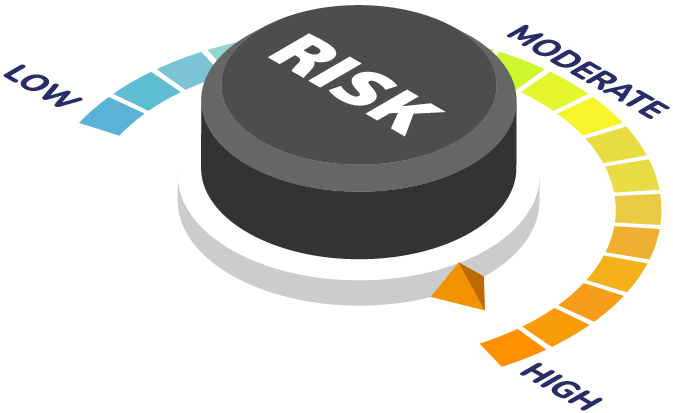The health insurance landscape continues to rapidly evolve, presenting new regulations, challenges and opportunities. One of the areas many health plans are continuing to refine is their approach to risk adjustment. While risk adjustment is commonly viewed from the perspective of compliance and cost savings, a well-defined strategy, fine-tuned structure and function-specific expertise can evolve it into a revenue generating area within your organization.
 As you work to most effectively meet the Centers for Medicare & Medicaid Services requirements and optimize your models, there are several staffing considerations to take into account. Here are a few key areas to explore and questions to ask as part of a comprehensive risk adjustment strategy.
As you work to most effectively meet the Centers for Medicare & Medicaid Services requirements and optimize your models, there are several staffing considerations to take into account. Here are a few key areas to explore and questions to ask as part of a comprehensive risk adjustment strategy.
Have you made risk adjustment a priority?
No matter where risk adjustment sits within your organizational structure, recognizing and leveraging its potential impact on numerous functional areas can help guide your decisions and better define your staffing needs. A comprehensive risk adjustment program helps ensure more accurate reimbursements and forecasting, while also impacting revenue cycle management, quality assurance, care management and more. The information derived from risk adjustment may also influence member program development and community partnerships, as well as contribute to a high Medicare Star Rating. Strategically investing in risk adjustment positively affects many departments, while maximizing revenue and leading to improved outcomes for members.

Are you able to collaborate effectively across your health system?
Alignment across your health system is key for ensuring consistent and accurate information. Make sure everyone understands your organization’s goals and standards for data collection and interpretation. Especially with the transition to value-based care, hierarchical condition category coding awareness and compliance can have a notable impact on the accuracy of your submissions. Consider employing coding experts who can train your HCC coding teams and educate partner clinicians and physicians. It may also be necessary to reevaluate or consolidate your core claims systems and data processing tools to ensure information can be entered and extracted in an accurate and efficient way. Experienced consultants can help guide these decisions and implementations, while skilled temporary employees are available to maintain your team’s day-to-day workloads during times of transition.
How are you balancing time, accuracy and cost?
There’s a fine balance involved with using readily available data and maximizing a model’s predictive accuracy, while also ensuring the method can be implemented at a reasonable cost. How can you best work toward clean and complete data to inform your models? How can you close any gaps in processes or communication to work most efficiently? Think long term by bringing in risk adjustment actuaries who can create flexible models to forecast payments for future risk adjustment, while providing details on how a model works, its process flow and how it can be updated moving forward.
Do you have a scalable audit process?
Most payers use a variety of third-party solutions. Are you holding these companies accountable and ensuring their work meets your organization’s internal standards? By bringing in knowledgeable professionals to provide audit consultations and insight, you’re able to identify gaps and build an automated and replicable audit process. Periodic audits can ensure claims are being interpreted accurately and maximize your reimbursements.

Who is leading the charge?
As risk adjustment becomes a more high-profile program across health plans, it may be necessary to enhance your leadership team’s expertise in this area. Many plans are beginning to build out this space by hiring executives who can develop, oversee and evolve long-term risk adjustment strategies and operations. These individuals can also help identify and address vulnerabilities within your program.
Along with most accurately meeting CMS requirements, an investment in risk adjustment has the potential to impact a number of areas within your health system. By focusing on your risk adjustment strategy, creating a holistic structure and identifying the individuals who can help achieve your goals, you’ll be prepared to not only meet regulatory requirements and maximize profits, but also provide the best care to those most in need.